The Greatest Of The Grand Canals
Thursday, October 02, 2014
 Huai'an, Jiangsu, China
Huai'an, Jiangsu, China
Hey Hey and a Big G'Day toya,
I’ve lived in some strange, beautiful and famous places;
But I knew thought I’ve on the banks of the Greatest of Grand Canals.
The photo’s in this entry are from the Huai’An city proper area where the canal has been boardwalks and riverside parks, garden and walks which are all rather beautiful. Now I’m working on finding my way from my school all the way to Huai’An city proper and then back along the other side. The first steps have been done which were simple.
From my school to Ancient Hexia Town and then all the way down to Huai’An city.
This around twenty five to thirty kilometers.
Finding my way back on the other side is more of a feat due to the building of bridges, demolition, construction and a heap of farms and fields. I just had two and a half months off for summer break and now I have another seven days off for National Day and when I return to school, it will be a three day week and then it will be the weekend again.
So the first task/ride these holidays will be to string together the return journey.
THE LONGEST CANAL IN HISTORY
The Grand Canal (also known as the Beijing-Hangzhou Grand Canal), a UNESCO World Heritage Site, is the longest canal or artificial river in the world and a famous tourist destination. Starting at Beijing, it passes through Tianjin and the provinces of Hebei, Shandong, Jiangsu and Zhejiang to the city of Hangzhou, linking the Yellow River and Yangtze River. The oldest parts of the canal date back to the 5th century BC, although the various sections were finally combined during the Sui dynasty (581–618 AD).
The total length of the Grand Canal is 1,776 km (1,104 mi). Its greatest height is reached in the mountains of Shandong, at a summit of 42 m (138 ft). Ships in Chinese canals did not have trouble reaching higher elevations after the pound lock was invented in the 10th century, during the Song dynasty (960–1279), by the government official and engineer Qiao Weiyo. The canal has been admired by many throughout history including Japanese monk Ennin (794–864), Persian historian Rashid al-Din (1247–1318), Korean official Choe Bu (1454–1504), and Italian missionary Matteo Ricci (1552–1610).
Historically, periodic flooding of the adjacent Yellow River threatened the safety and functioning of the canal. During wartime the high dikes of the Yellow River were sometimes deliberately broken in order to flood advancing enemy troops. This caused disaster and prolonged economic hardships. Despite temporary periods of desolation and disuse, the Grand Canal furthered an indigenous and growing economic market in China's urban centers since the Sui period. It has allowed faster trading and has improved China's economy.
COMMON LANGUAGE MADE POSSIBLE BY THE CANAL
The Grand Canal, connecting China via an internal route, greatly improved not only defense but administration. It was the first Qin emperor in 221 BCE who standardized writing in China. Before this, each area had its own particular writing system. But with the help of the connections made by the Grand Canal. the so-called Qin script became the official set of characters, required for all state and governmental affairs. This script made possible the governance of China, and region became a nation through standardized language uniting different, and vastly distant, areas. In this sense, the Grand Canal with the addition of Qin script was the internet of its time.
KUBLAI KHAN PART IN THE CANALS HISTORY
It was Kublai Khan, (grandson of Genghis Khan, the ruler who ordered the excavation of a direct waterway between his newly founded city of Dadu – today’s Beijing – and Hangzhou) who, when he became emperor, directed grain be transported to Dadu. 816,000 tons of grain was delivered annually, the major share – 537,000 tons – coming from the south via sea or the canal. But the canal stopped short of Dadu. So the grain had to be offloaded and piled onto carts pulled by draft animals conscripted just like soldiers. As a result, local farmers could not plow their fields and agriculture suffered. To make matters worse, many animals died along the route. And so it was failure that led Kublai Khan to order the completion of the seventh and final section of the Grand Canal, straightening the route to make it more efficient and enabling all of China to communicate with the new center of political and cultural life, Dadu/Beijing.
TURNING THE WATER AROUND
"They’re going to turn the water around," explained an oarsman interviewed in the year 2000 who lives on a barge floating along the Grand Canal in Jiangsu province. The flow of the Grand Canal will be changed from south to north, and in some places it will change from downhill to uphill. Why?
To provide water to northern China.
Half of the population of China now lives in the north, but that region has only 1/5th of China’s water. The estimated cost for the first phase is $22 billion. According to experts’ calculations, this megaproject will be the largest of its kind ever undertaken. When completed (in the year 2050), the massive renovation of the ancient Grand Canal will move 44.9 billion cubic meters of water annually.
Beers N Noodles toya…..shane
___________________________________________________________
The soundtrack to this entry was by Uncle Kracker
The album was 'Double Wide’
____________________________________________________________
Other Entries

 Huai'an, Jiangsu, China
Huai'an, Jiangsu, China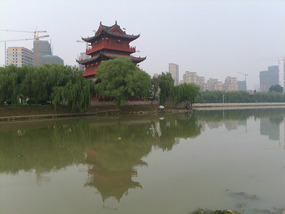
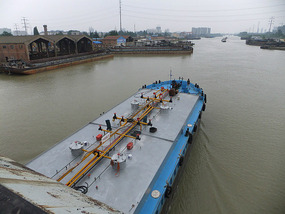
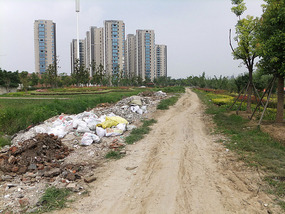
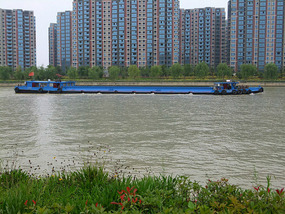
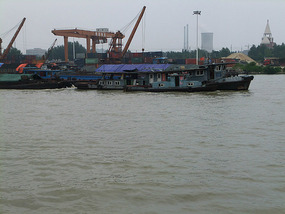
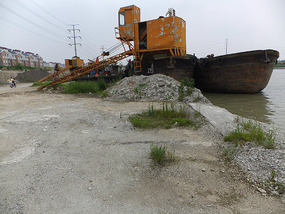
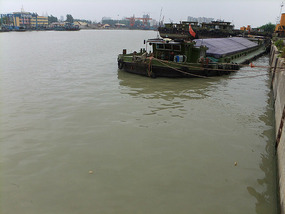

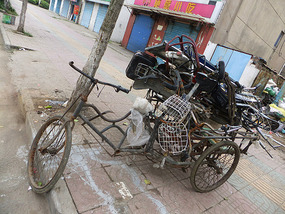
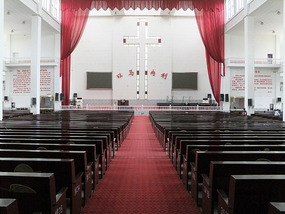
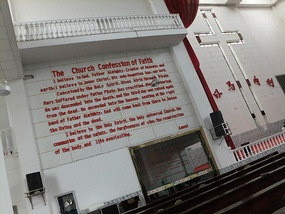
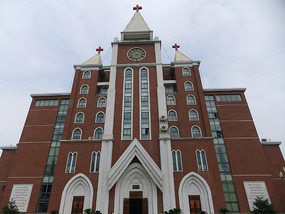
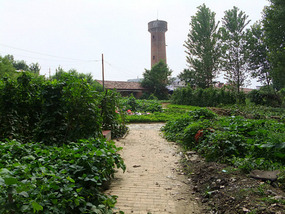
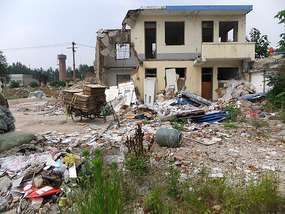
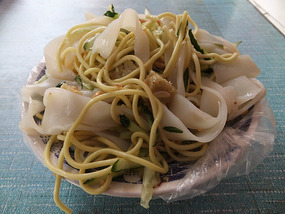
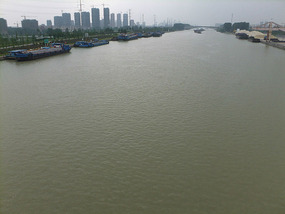
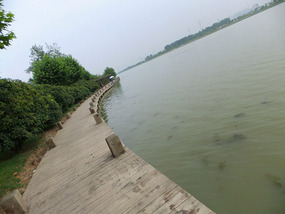
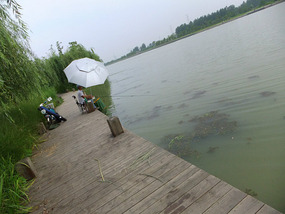
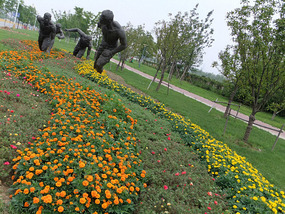
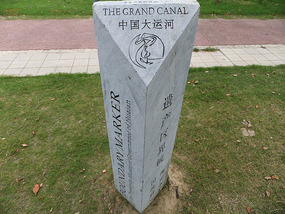
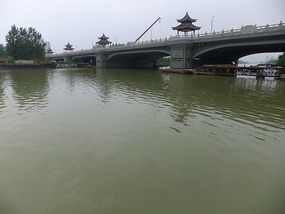
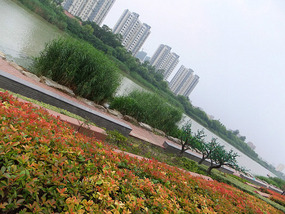


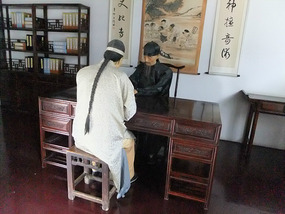
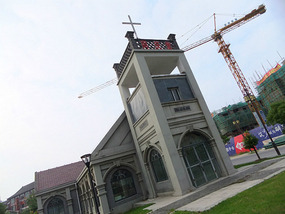

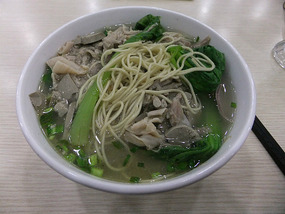

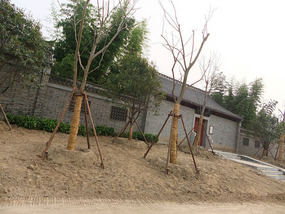
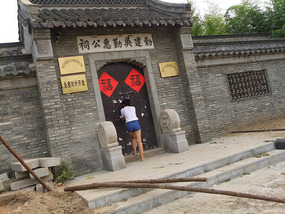
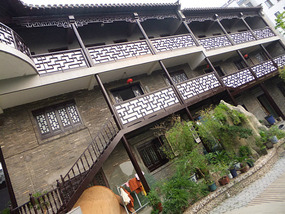
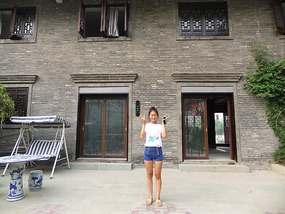
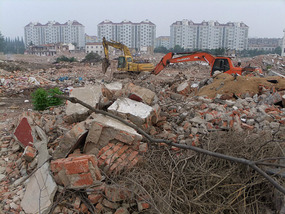
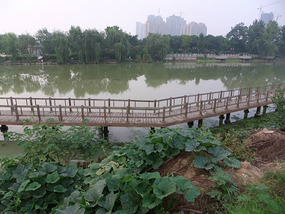
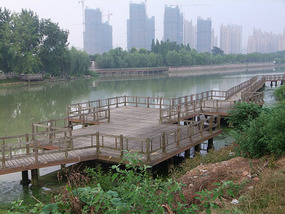
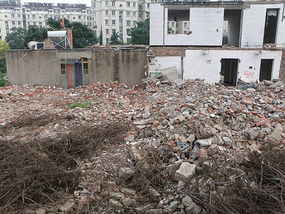
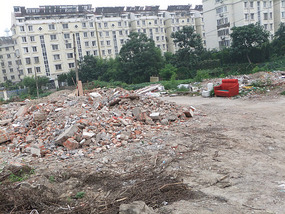
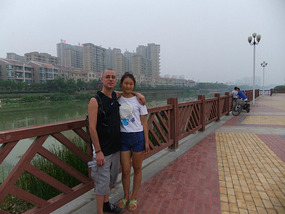
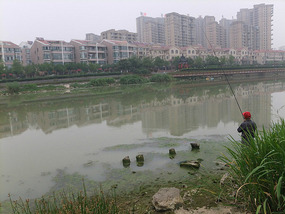

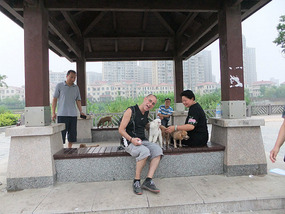
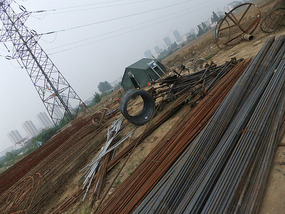
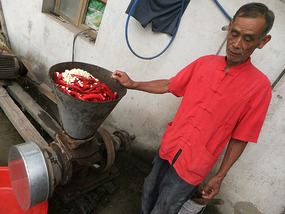
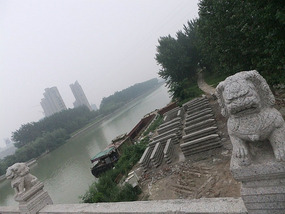
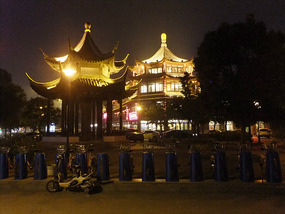
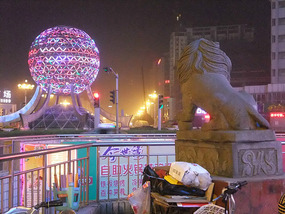
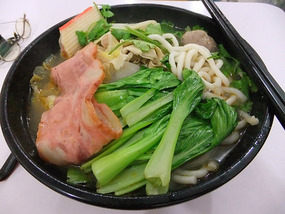
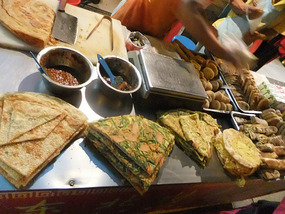
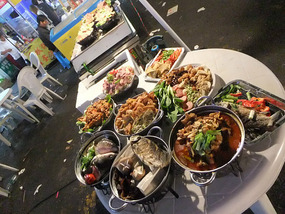

2025-05-22